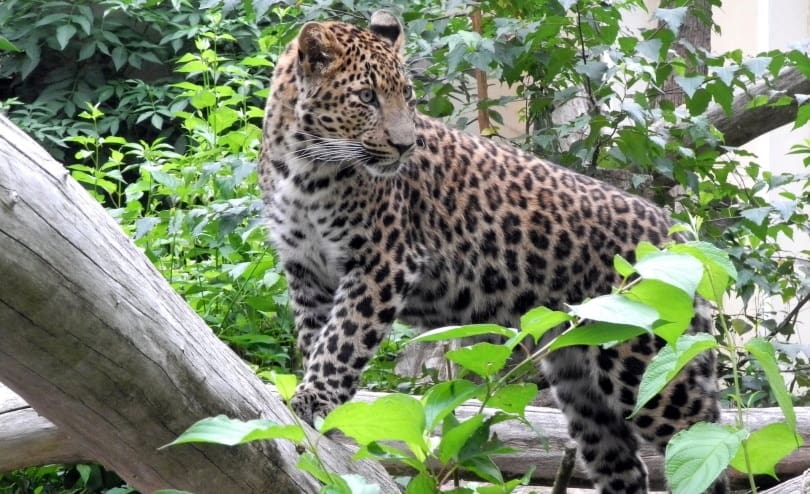There are many different types of wild cats in New Mexico. Some are well known, like the bobcat, while others are more elusive and rarely seen by humans. In this blog post, we will discuss five of the most common wild cats in New Mexico. We will provide a brief description of each cat as well as some interesting facts about them. If you’re lucky, you may even see one of these beautiful animals in the wild!

The 5 Types of Wild Cats in New Mexico
1. Bobcat
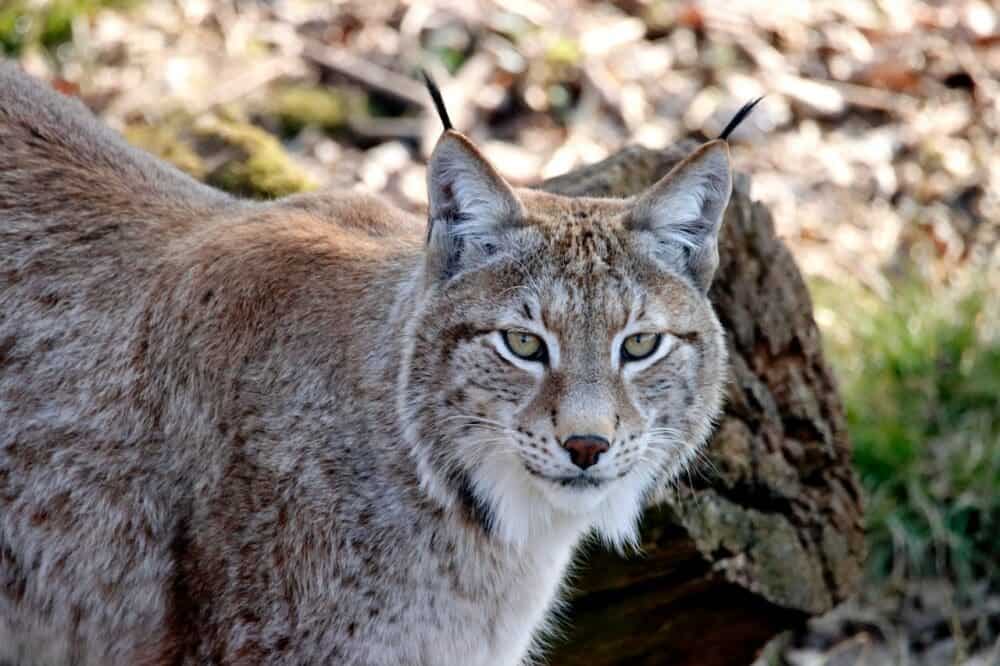
The first wild cat on our list is the bobcat. The bobcat is a small to medium-sized cat that can be found throughout New Mexico. They are most active at dawn and dusk, and they typically live in wooded areas near streams or ponds. Bobcats are excellent hunters, and their diet consists primarily of rabbits and rodents.
Where to Spot Them
Bobcats are relatively common in New Mexico and can be found in all 33 counties. They are most active at dawn and dusk, so keep your eyes peeled if you’re out during those times!
2. Cougar
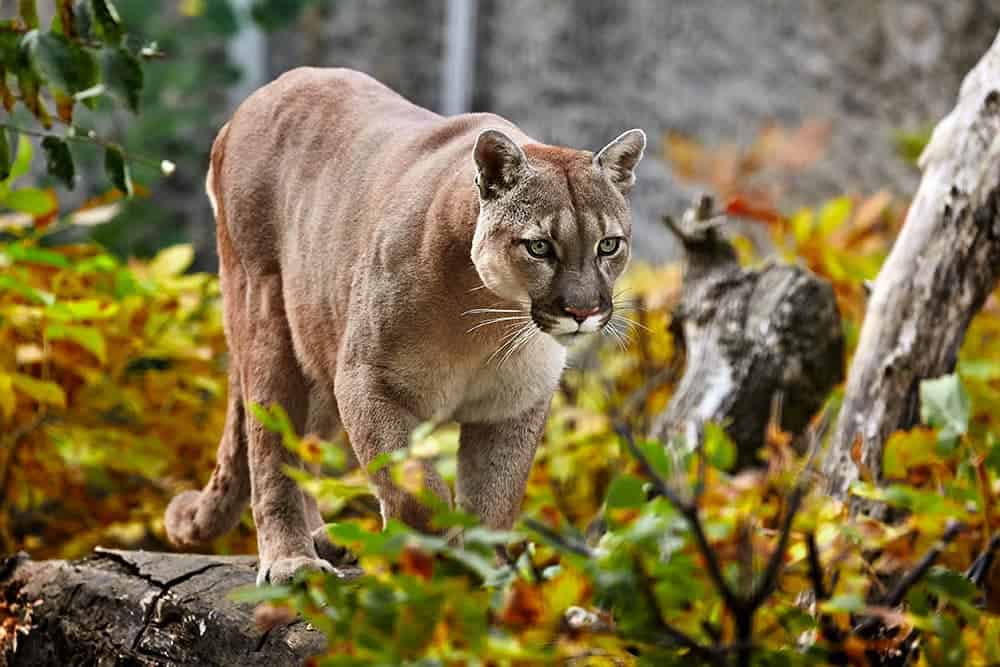
Next on our list is the cougar. Cougars are also known as mountain lions or pumas, and they are one of the largest cats in North America. Adult cougars typically weigh between 115-200 pounds, but they have been known to reach weights of up to 400 pounds! These cats are most active at dawn and dusk, but they can also be active during the day. Cougars typically live in wooded areas, but they can also be found in open grasslands or desert regions. Cougars are excellent swimmers and climbers, and they have been known to travel up to 50 miles in a single day!
Where to Spot Them
Cougars can be found throughout New Mexico, but they are most common in the western and southern parts of the state.
3. Ocelot
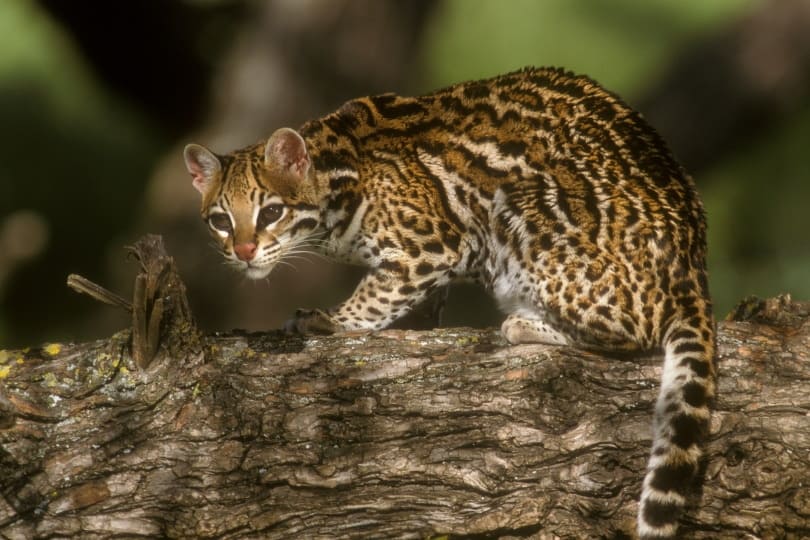
The ocelot is a medium-sized cat that is native to the Americas. These cats can be found in a variety of habitats, including forests, grasslands, and even deserts. Ocelots are nocturnal animals, so they are most active at night. Their diet consists primarily of small mammals, birds, and reptiles.
Where to Spot Them
Ocelots can be found in southern New Mexico, but they are very rare. If you’re lucky enough to spot one, it will likely be in a forested area.
4. Jaguar
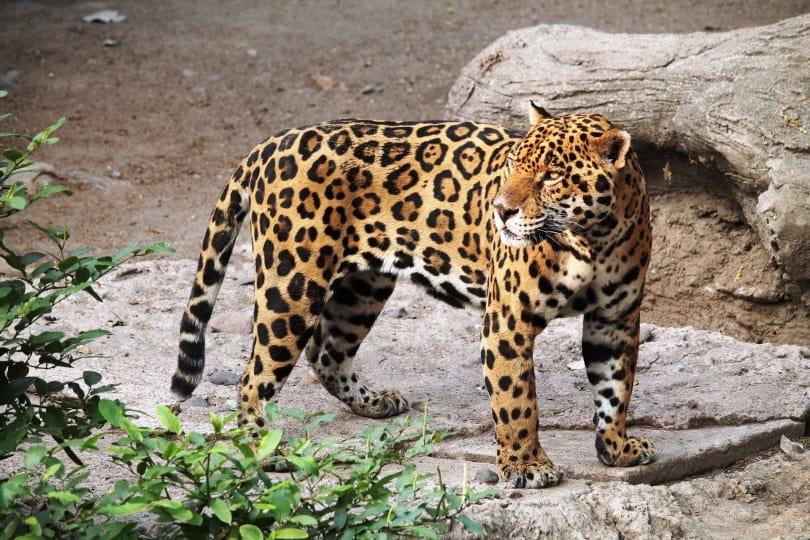
The jaguar is the largest cat in North America. These massive cats can weigh up to 250 pounds and measure up to six feet in length! Jaguars are nocturnal animals, so they are most active at night. They typically live in wooded areas near streams or ponds. Jaguars are excellent swimmers and they have been known to travel up to 30 miles in a single day!
Where to Spot Them
Jaguars are most commonly found in the southern parts of New Mexico. They’re fairly elusive, but you might spot one if you’re lucky. They tend to avoid people unless they’re feeling threatened or protecting their cubs. If you do see a jaguar, be sure to keep your distance and do not approach it!
5. Lynx
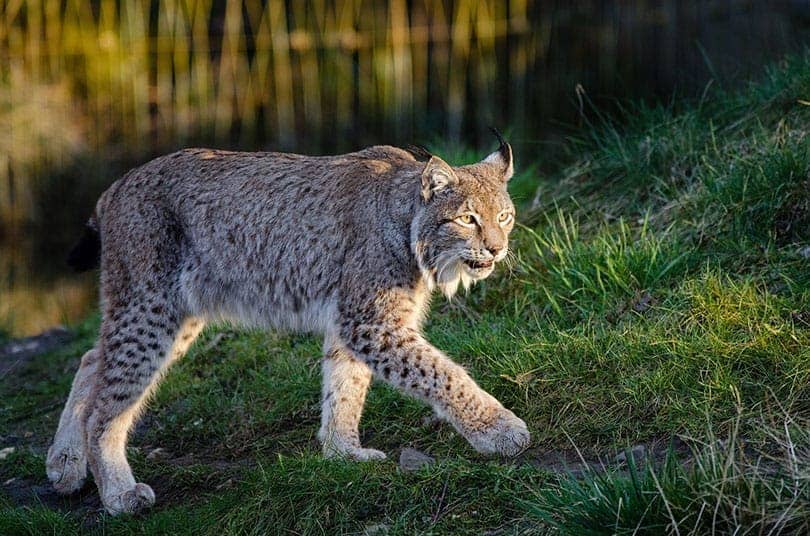
The lynx is a medium-sized wild cat that can be found in North America and Europe. In North America, they are most commonly found in the northern parts of the continent. Lynx typically live in wooded areas and their diet consists primarily of small mammals, birds, and reptiles. The lynx has very large paws that are covered in fur. This helps them to move quietly through the snow and stay warm in cold temperatures.
Where to Spot Them
The lynx is not commonly found in New Mexico, but there have been a few sightings in the northern parts of the state. These cats are very shy, and they tend to avoid people, so keep your eyes peeled if you’re hiking in those areas.
Legally Protected Status
All of New Mexico’s wild cats are protected under state law! It is illegal to kill or harm these animals. You may not hunt, trap, or remove them from the wild. If you injure one during an encounter, report it to the nearest game warden or law enforcement officer.
First Aid Basics for Bite Wounds
If you are bitten by a wild cat, it is important to seek medical attention immediately. In the meantime, there are a few things you can do to help reduce the risk of infection:
- Clean the wound with soap and water.
- Apply pressure to the wound to stop the bleeding.
- Apply a clean cloth or bandage to the wound.
- Elevate the wounded limb if possible.
- Take over-the-counter pain medication such as ibuprofen to help reduce swelling and pain.
- Do not try to capture or kill the wild cat that bit you! This will only increase your risk of being injured or contracting an infection. Leave that task up to professionals!
- Seek medical attention immediately.

Frequently Asked Questions
What are the most common types of wild cats in New Mexico?
The most common types of wild cats in New Mexico are cougars, ocelots, and jaguars.
What is the smallest wild cat in New Mexico?
The ocelot is the smallest wild cat in New Mexico.
What is the largest wild cat in New Mexico?
The jaguar is the largest wild cat in New Mexico. These massive cats can weigh up to 250 pounds and measure up to six feet in length!
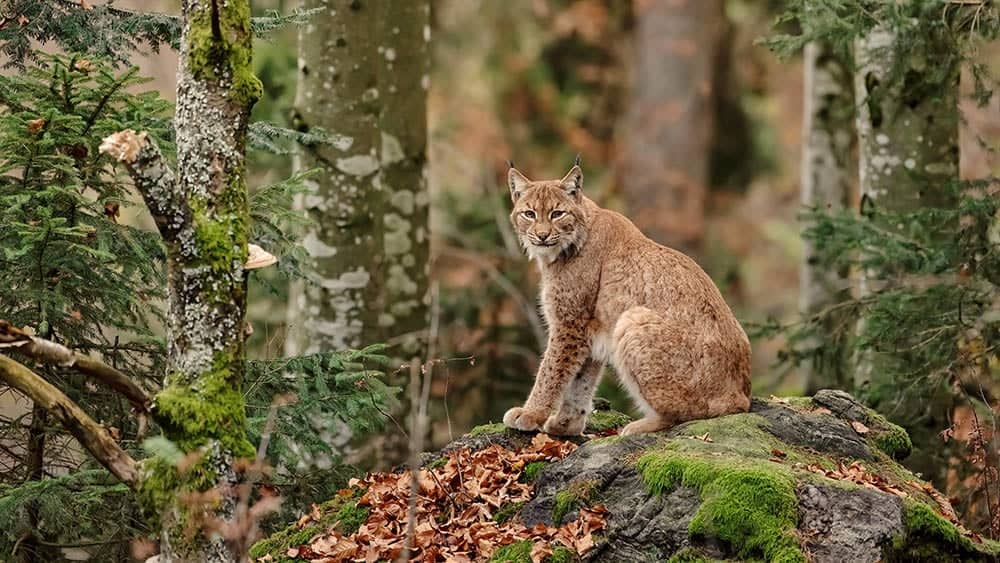
What do wild cats eat?
Wild cats typically eat small mammals, birds, and reptiles.
Are wild cats dangerous?
Wild cats can be dangerous, so it’s important to keep your distance if you see one. Do not approach or try to pet a wild cat!
What do I do if I see a wild cat?
If you see a wild cat, be sure to keep your distance and do not approach it. Enjoy the sighting from a safe distance!
What do I do if a wild cat approaches me?
If a wild cat approaches you, stay calm and do not run. Slowly back away from the cat. Do not make eye contact with the cat or try to pet it.
What is being done to save New Mexico’s wild cats?
The U.S. Fish and Wildlife Service has established the Rio Grande Valley National Wildlife Refuge in an effort to conserve habitat for the ocelot and other wildlife species in southern Texas. In New Mexico, there are no specific conservation efforts underway for wild cats at this time.
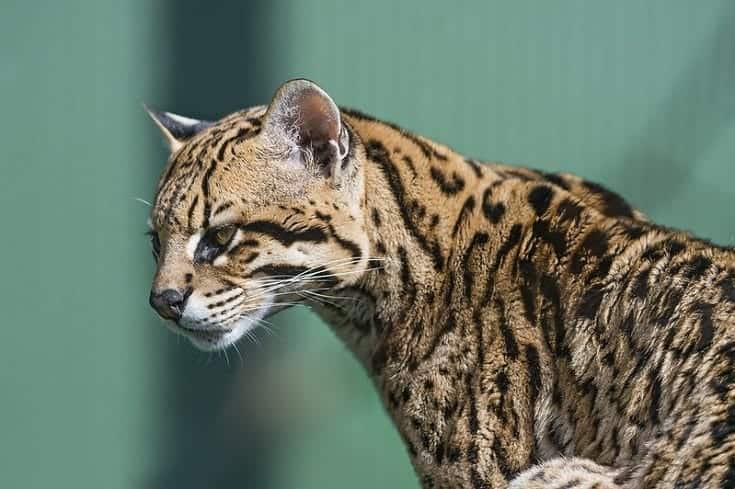

Conclusion
New Mexico is home to a variety of wild cats, including cougars, ocelots, and jaguars. These magnificent animals can be found throughout the state, but they are most common in the western and southern parts. If you’re lucky enough to spot one of these cats in the wild, be sure to enjoy the sighting from a safe distance!
See also:
- 6 Most Common Wild Cats In Mexico (with Pictures)
- 3 Types of Wild Cats in Idaho (With Pictures)
- 3 Types of Wild Cats in Montana With Pictures
Featured Image Credit: Margitta Wünsche, Pixabay
